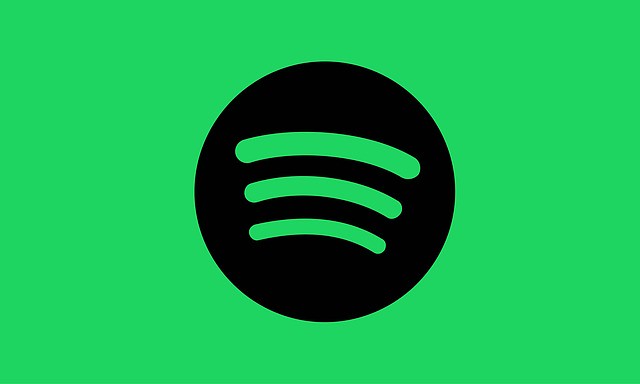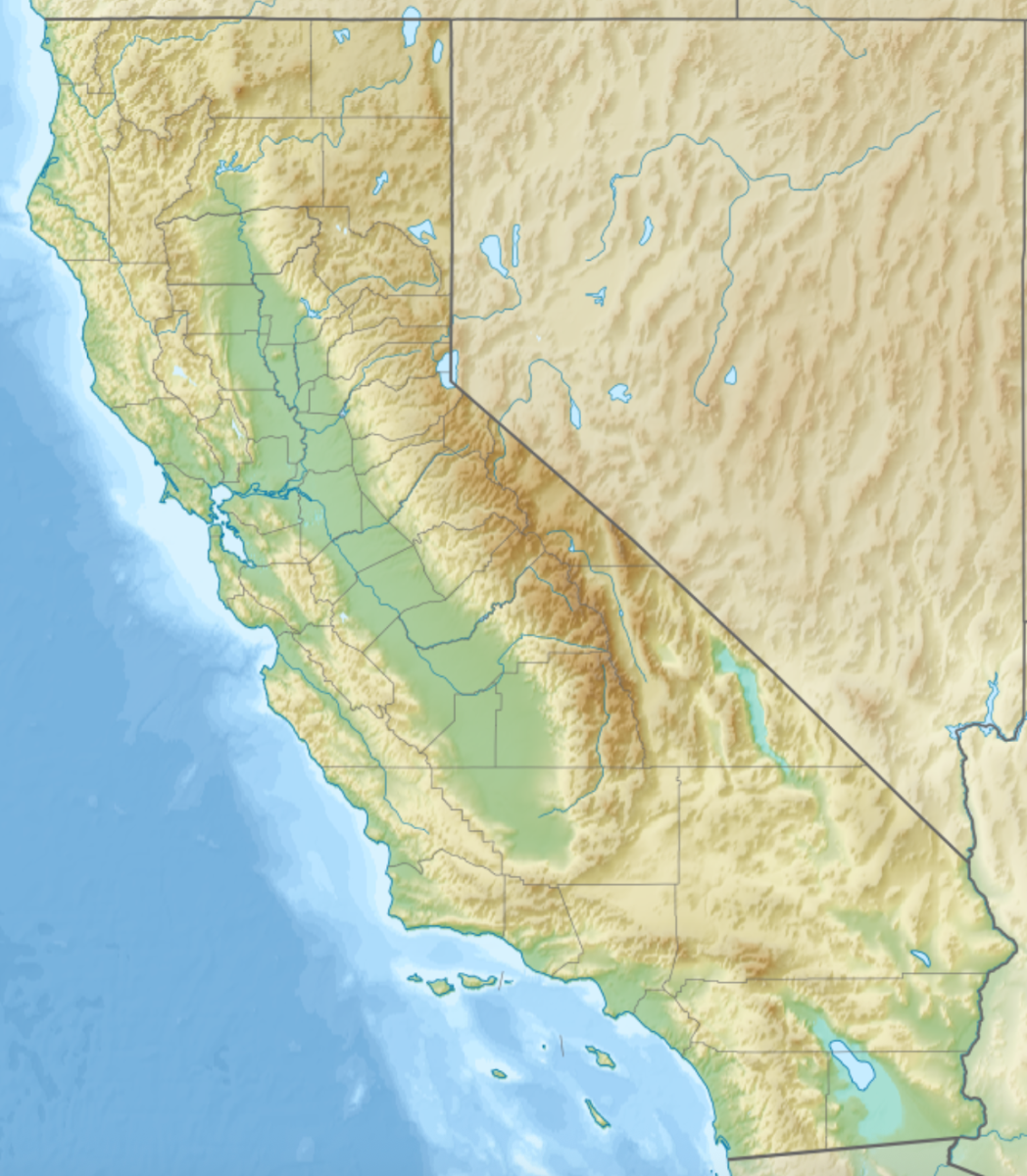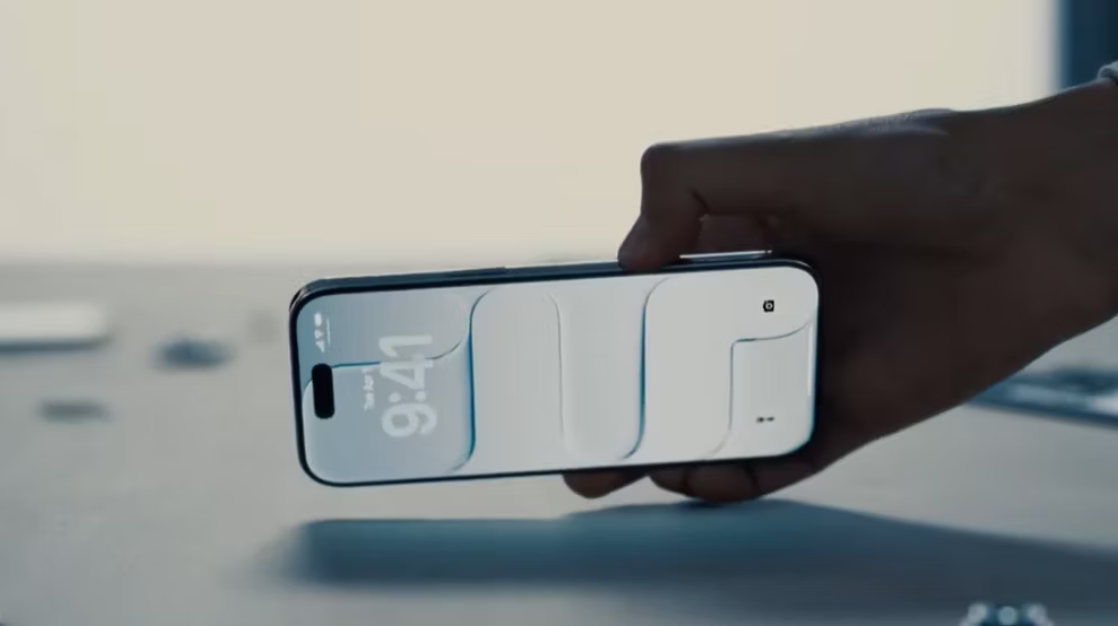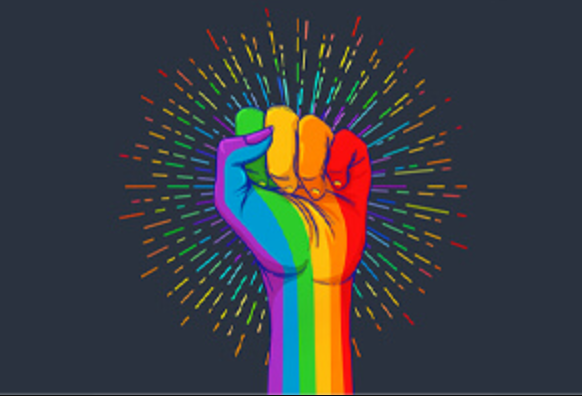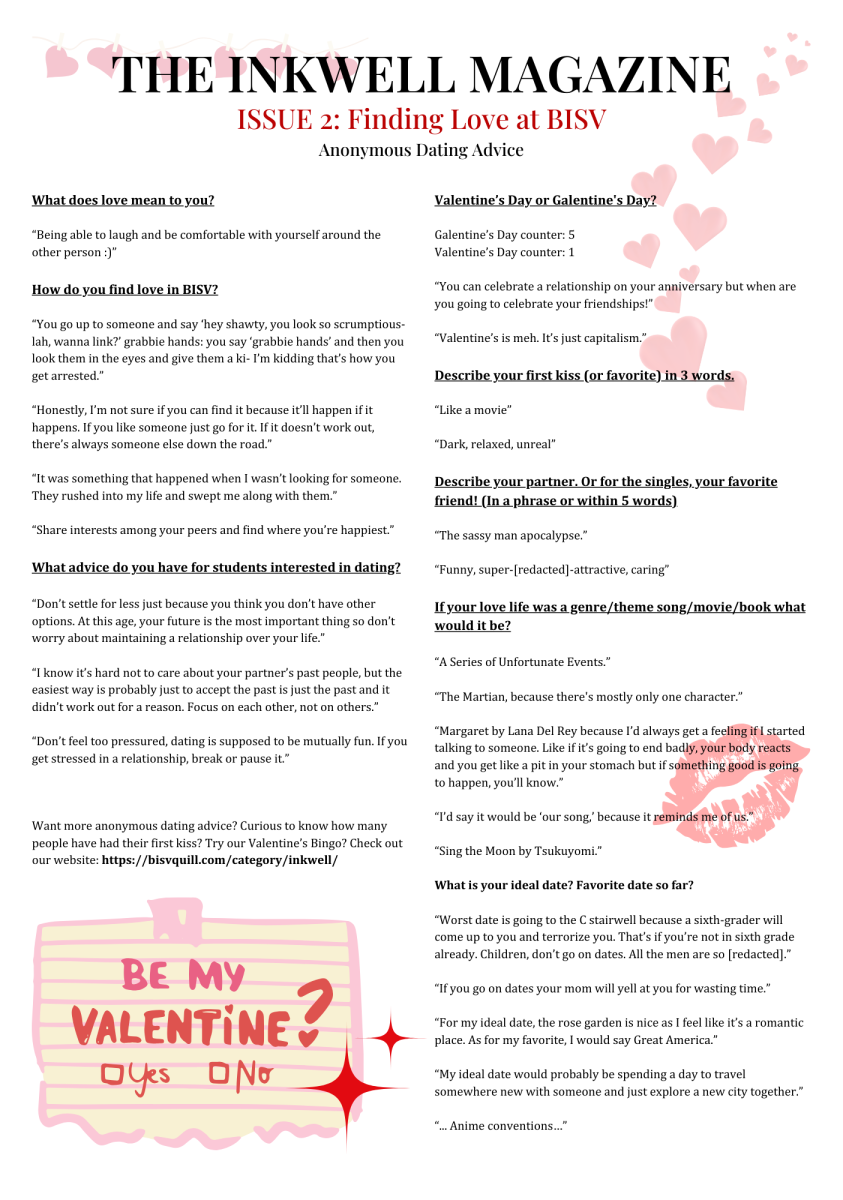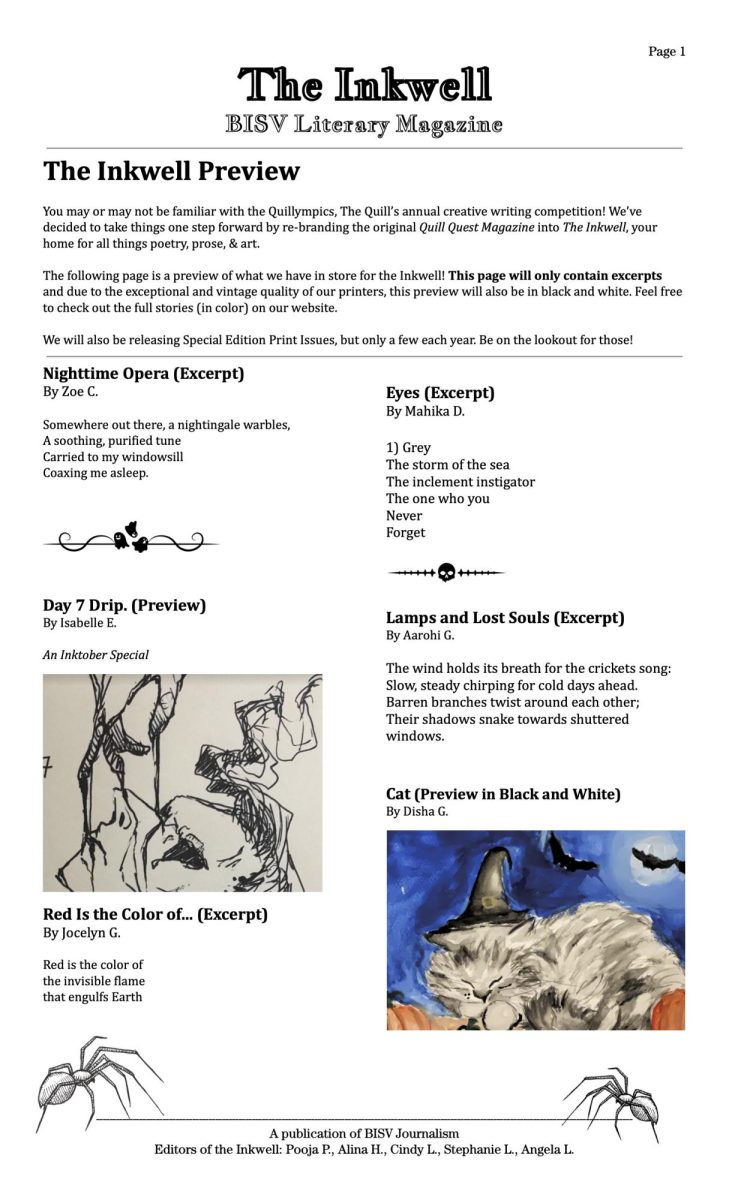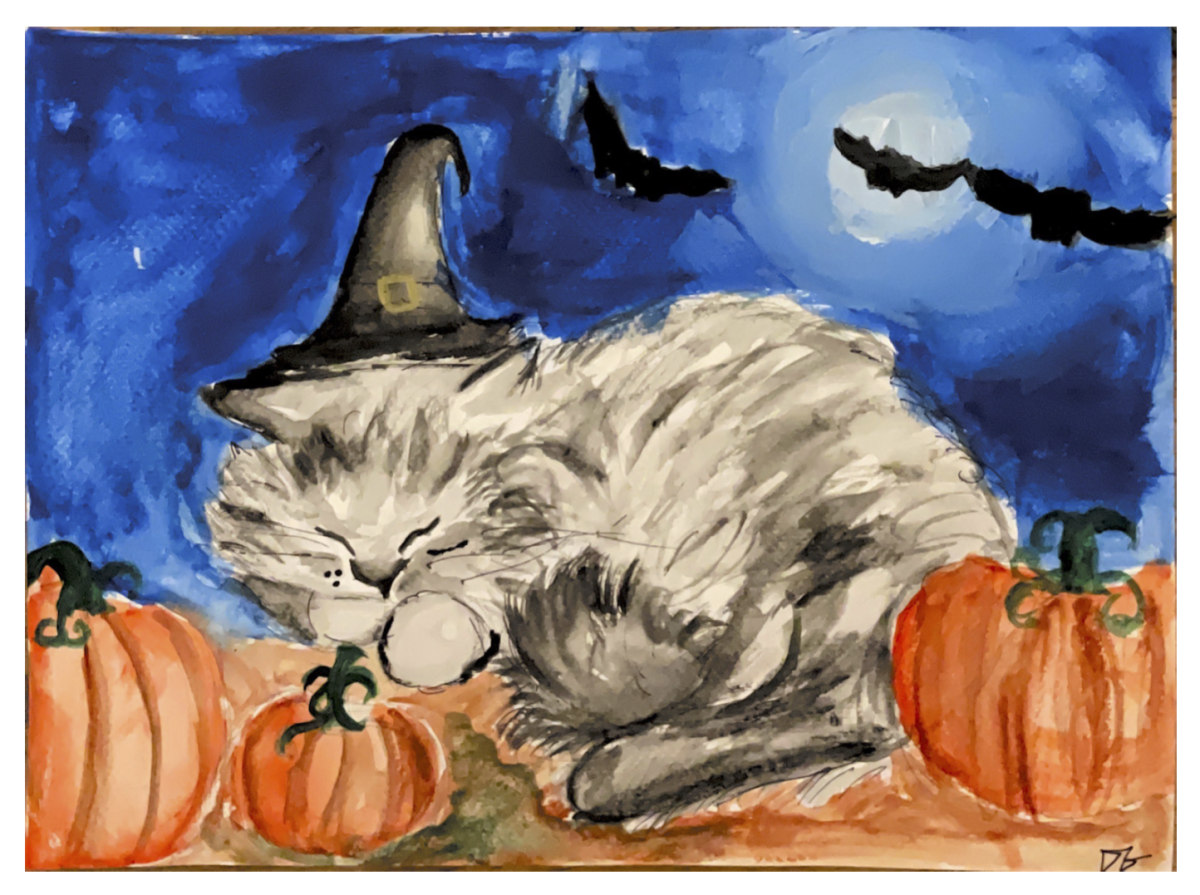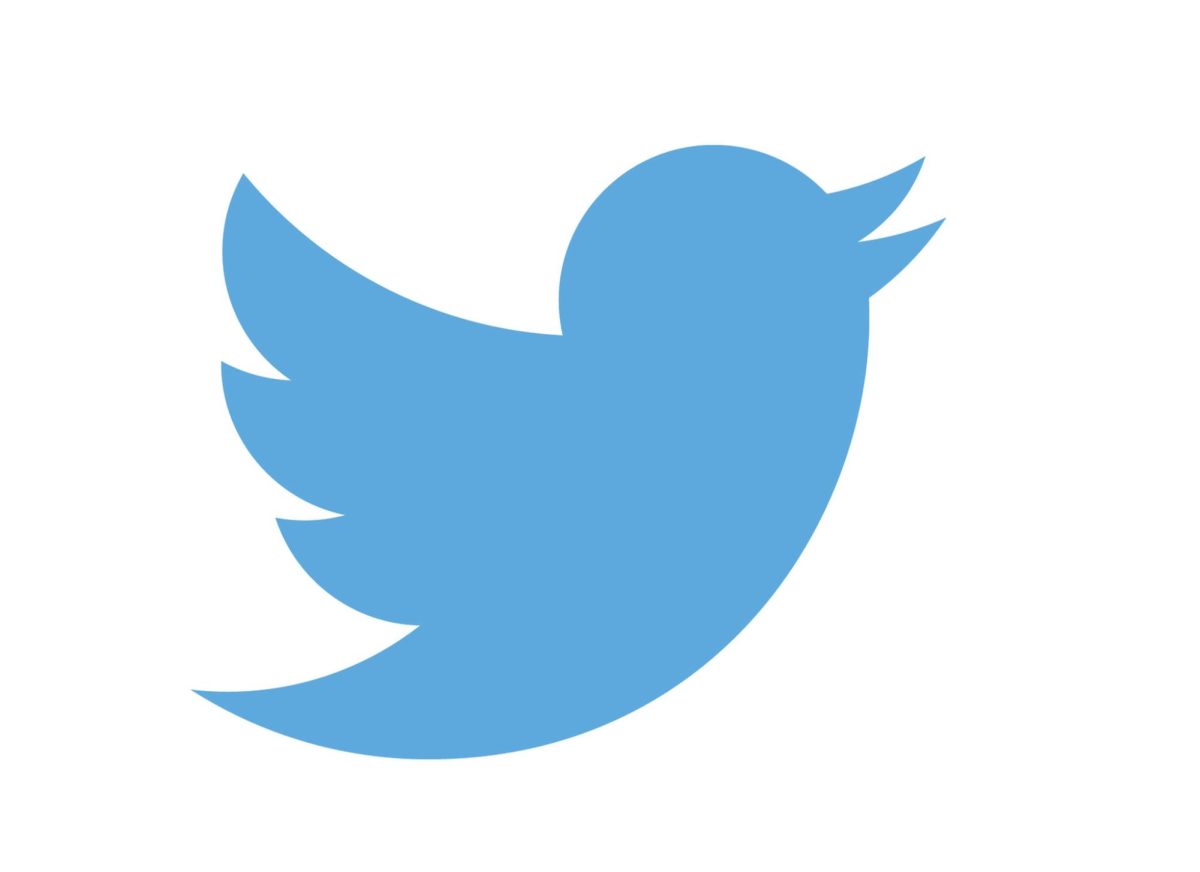A recent poll by Twitter’s largest shareholder, Elon Musk, highlighted the immense support for the edit button’s introduction. Ever since the creation of Twitter over 16 years ago, users have constantly begged for this feature. They want to be able to quickly fix a typo, adjust their claims on rather trivial matters, or even just mess with their friends.
Now, at long last, their wishes have been granted.
Twitter recently announced that they were finally going to grant the public a “Tweet Edit Button”. Users would gain the ability to edit their tweets for a 30-minute window after they post them. In a recent blog post, Twitter stated that the new Edit Tweet button was developed in order to “make changes, fix typos, add missed tags, and more.” Edited tweets will display an icon and a timestamp, and tapping the label will take the user to the original version(s) of the tweet. However, this feature can only be utilized by people who pay for a subscription called “Twitter Blue.” This makes it seem like the company has only added this feature for financial gain rather than to actually improve user experience on the platform; a large portion of Twitter’s users would be excluded from the use of such an essential feature.
As handy as it may seem, the edit button poses many underlying problems for the platform.
As Twitter had once argued years ago before their change of heart, not being able to edit a tweet had its benefits: nefarious tweets couldn’t be altered into something completely different, which left them for the public to forever see. Similar to Snapchat’s famous undeletable Snaps and Instagram notifying users when messages are unsent, Twitter’s uneditable tweets have given the Internet many viral tweets and laughable moments. On a more serious note, because of this feature, users that had previously retweeted a post they thought well of could potentially fail to notice an edit and unknowingly spread information that their opinions no longer align with. Let’s say, hypothetically, a user posted a tweet supporting the passing of gun control rights in America. It then receives overwhelming support. After rallying tens or even hundreds of thousands of likes and retweets from people with similar beliefs, they can edit the post to display a polar opposite opinion or to shamelessly plug some product of their own. This essentially provides all users with a universal pass to say whatever they want, whether it be defamatory, racist, or outright cruel, and with a few quick clicks, dodge a flag from Twitter staff. Furthermore, this problem is only exacerbated by Twitter’s notoriously controversial environment. Flooded with trolls and attention-seekers, Twitter’s algorithm rewards those who tweet contentious material.
Some may argue that the ability to see the previous version(s) of the tweet will prevent these ill-natured acts. Most of these types of people do not care if they get punished for their actions. They will be satisfied just by spreading their beliefs to a large audience. The Twitter algorithm pushes out content that it thinks people will enjoy the most in order to keep them engaged with the platform. Therefore, because of the large amounts of likes and retweets by advocates of the original tweet, people viewing the version after the edit will most likely have similar beliefs, but will nonetheless see a much different viewpoint.
In the past, Twitter has tried introducing different mechanisms similar to the edit button. For example, in 2020, Fleets were brought in. This feature allowed users to post Tweets that would be automatically deleted after 24 hours. If a user wanted to post something controversial and wasn’t sure what type of feedback they would receive, it would get deleted in a day no matter what. Another feature called Circles was set in motion, allowing users to tweet to a batch of 150 followers, essentially the same as a “Close Friends” Story on Instagram. However, these features never gained any traction, and Twitter remained the same as it always has been. So what is so unique and extraordinary about this edit button?
In fact, Twitter users have always been able to delete their posts. Instead of worrying about how the post is perceived due to a typo or misuse of wording, they can just delete it before many people see it and repost a fixed version. Although the post can be screenshotted before its deletion, edited tweets can as well.
Finally, there is the fact that Twitter thrives off raw tweets. These raw tweets can be split into two main categories for the purpose of this discussion. First, there are tweets that have some kind of mistake, which will subsequently create drama and draw massive amounts of attention. It doesn’t matter if the drama is humorous or controversial. It keeps the platform entertaining. An edit button will do the opposite of what the company wants. The other type includes widespread tweets by people who say something contrasting the status quo. Whether the claim is well-supported or has a never-ending amount of logical fallacies, these tweets will reflect the genuine thoughts of the user a vast majority of the time. Therefore, if you think about it, the addition of such a feature is quite ironic. It is meant to help people feel “more approachable and less stressful” when tweeting, as Twitter said in a statement, but when every other tweet is edited, contemplating whether or not each one is authentic is, in reality, highly stressful.
All in all, although Twitter’s new edit feature can eliminate the occasional typo, it will introduce all kinds of gateways for disingenuous users to spread their viewpoints through deceptive tactics and will allow users who impulsively post something to modify their genuine thoughts on a matter, changing how they are perceived by others.
Is it really worth it? Here at The Quill, we say absolutely not.
Sources:
-
https://twitter.com/elonmusk/status/1511143607385874434

















![Teacher [Milk] Tea: Part 2](https://bisvquill.com/wp-content/uploads/2024/03/Screen-Shot-2024-03-19-at-9.28.48-PM.png)

